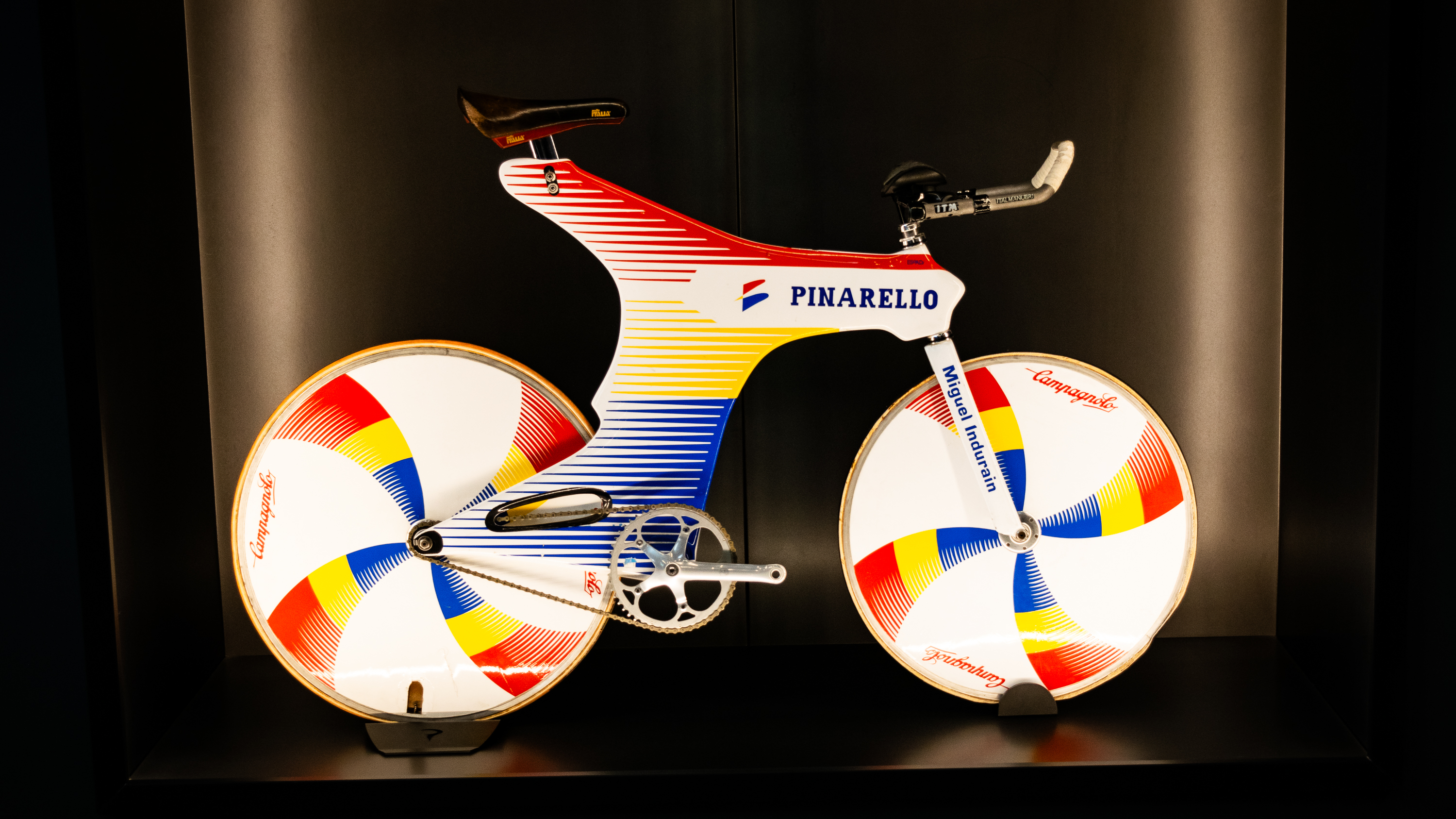Cyclingnews Verdict
Offering some the best ventilation and airflow of any helmet I’ve tested at high and low speeds while being incredibly lightweight. However the removal of much of the shell impacts durability. Add to that the lack of MIPS and the standard Cytal’s standout safety scores, and I’m not sure the changes are quite worth it.
Pros
- +
Incredibly lightweight
- +
Different brow padding options
- +
Fit is comfortable
- +
Very high levels of ventilation even at lower speeds
Cons
- -
Forgoes aerodynamics for pure lightweight venting
- -
Safety score is likely not as impressive as the Cytal’s headline rating
- -
Fewer colour options
- -
Exposed foam is prone to denting
You can trust Cyclingnews
- Price: £320 / €350 / $400
- Weight: 195g size medium
- Sizes: S, M, L
- VTR Score: N/A
- Colours: White/Black, Black/Black
The new POC Cytal appears to have reached its development endgame with the release of the Cytal Lite. In the same way the Ventral went through various iterations after its release, culminating in the Ventral Lite, so too has the Cytal a year after the release of the Cytal Carbon.
A more open helmet with greater levels of vents and now two, smaller wings is designed exclusively for maximum breathability and ventilation. To that end, the helmet is unrivalled at speeds of 30kph plus, and even at lower speeds it fares better than the majority of the competition. It’s also a proper lightweight, coming in at 195g for a size medium. In a sport with obsessive weight weenies, that weight saving is not insignificant.
The issues arise in how that low weight has been achieved. The retention system and straps are great, and make for a comfortable fit, but the removal of much of the rear polycarbonate shell does leave the EPS foam exposed to denting. Meanwhile MIPS (Multidirectional Impact Protection System) has been removed, likely impacting the highest ever Virginia Tech score for a road helmet, achieved by the standard Cytal, while colour options have also been trimmed back to monochromatic offerings only.
With these compromises, is the exceptional hot weather and high intensity performance enough to warrant the £320 price tag, and can it compete with the best road bike helmets on the market?
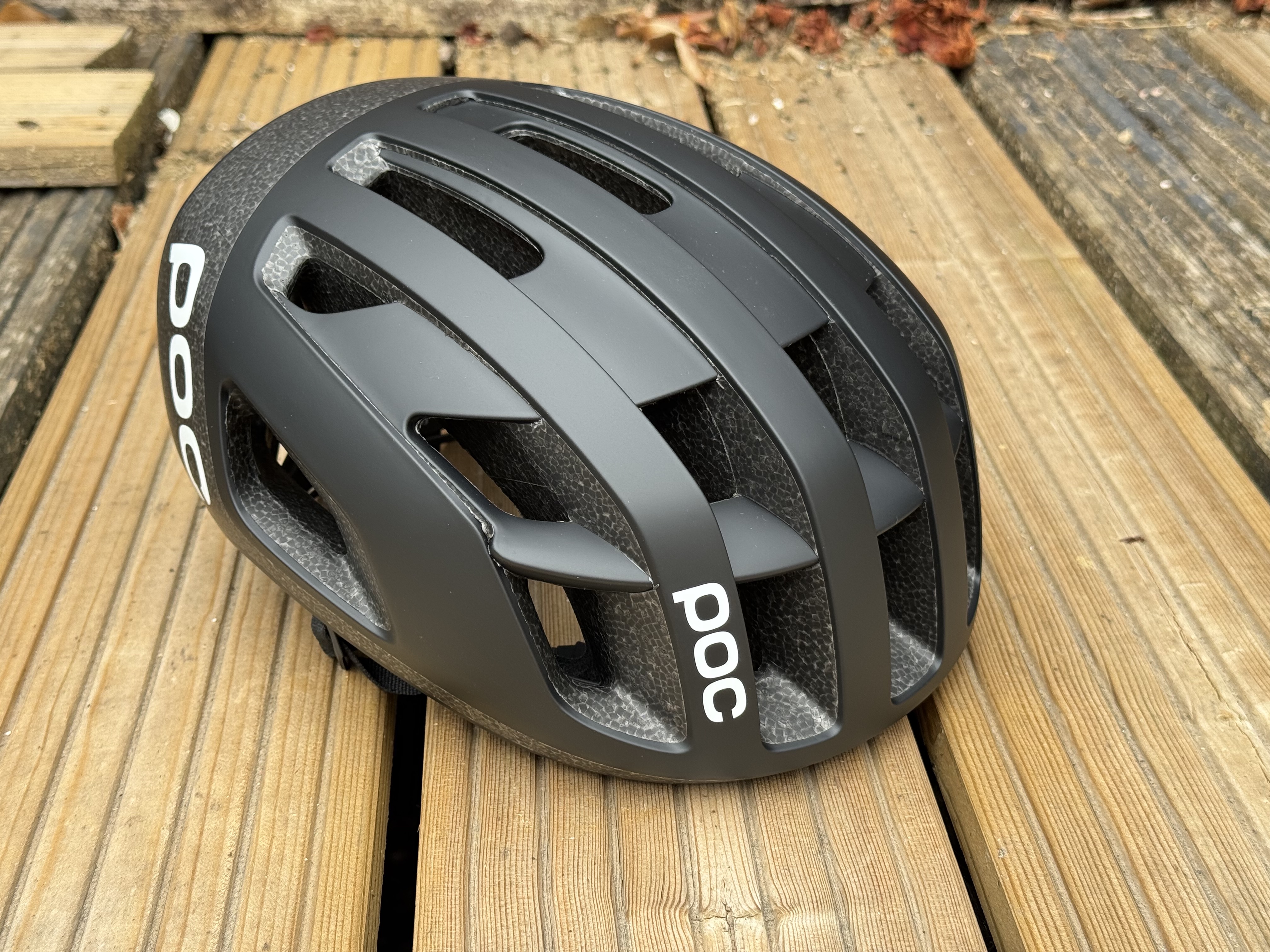

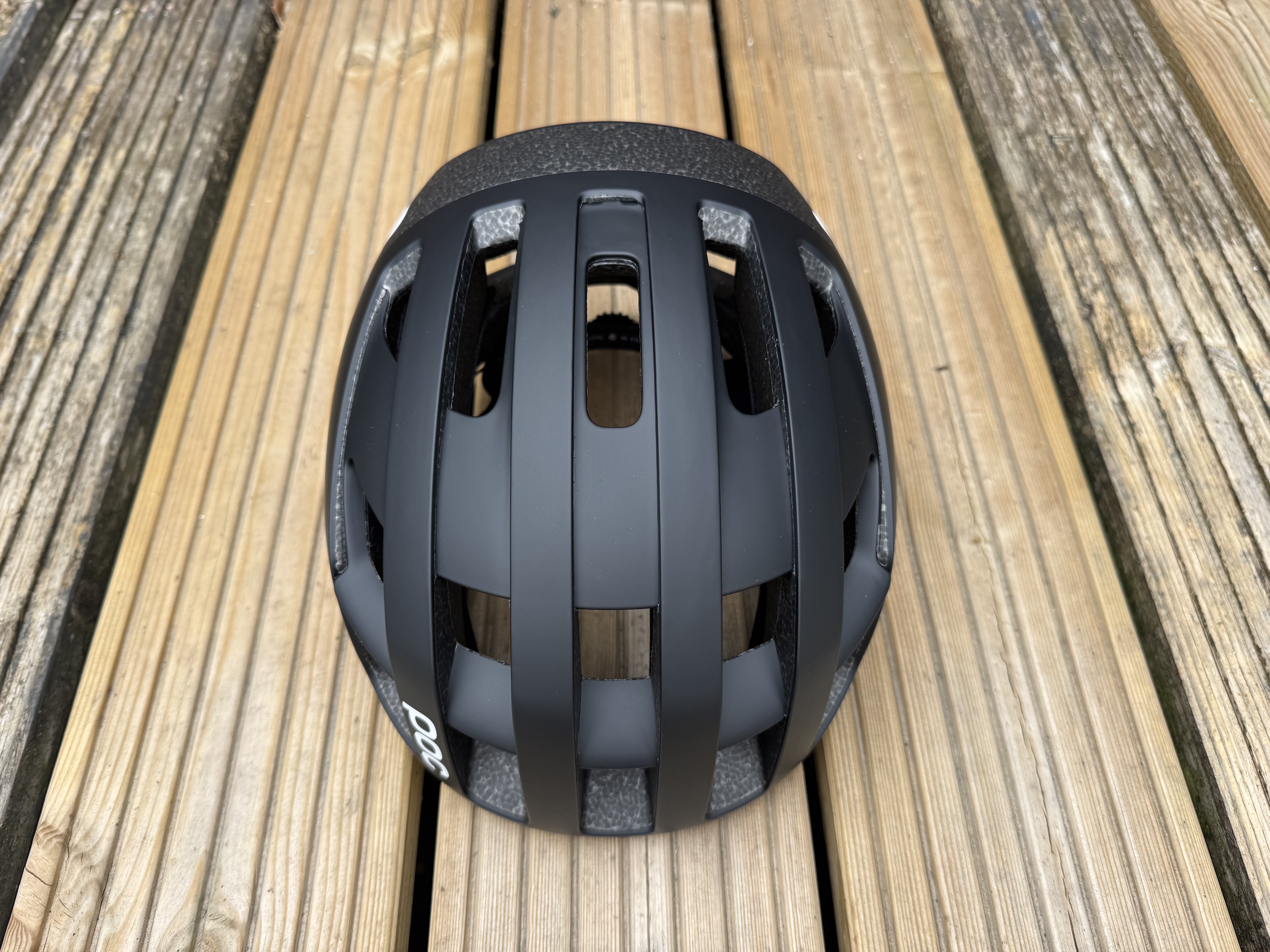
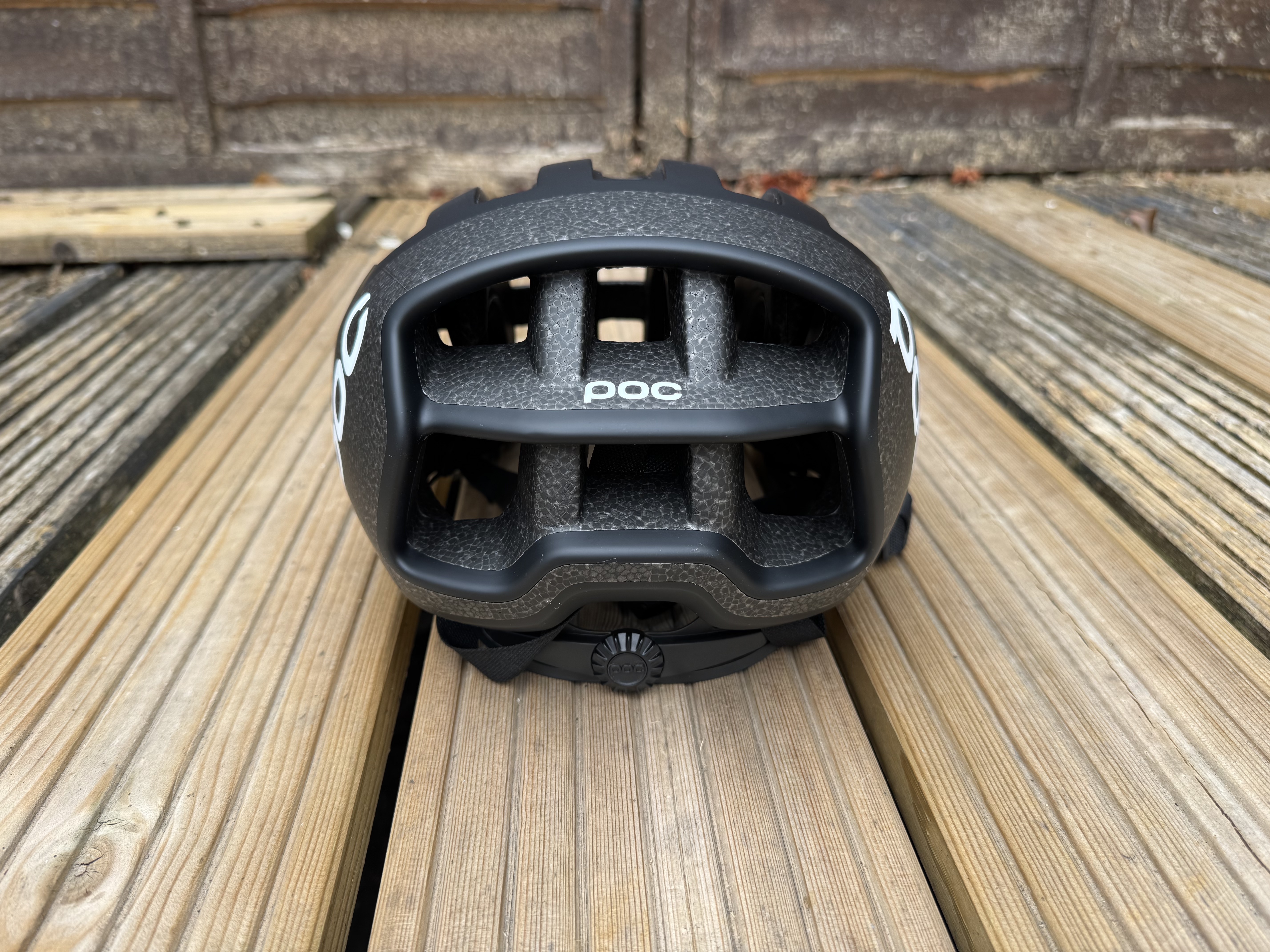
Design and specifications
The POC Cytal Lite uses much of the same construction as the standard POC Cytal model. Using a combination of EPS foam for impact protection in multiple varying densities, with a polycarbonate shell, things look very similar to the Cytal and indeed many other helmets. Where things start to divert are the use of polycarbonate shell, or rather limited use thereof.
A large amount of the EPS foam is now uncovered so as to reduce weight. The shell does extend around the entire base so as to protect the helmet when being placed on surfaces. However the rear of the helmet is where this reduction in shell is most visible. POC claims the helmet is still designed to optimise safety like the standard Cytal, but no Virginia Tech Helmet Rating is available yet for this helmet. The Cytal Carbon, also without MIPS, did score 5/5, while the Cytal was the highest ranked road helmet on the VTH rating upon release.
Another new feature of the Lite is the reduction of the Cytal line’s signature ‘Wing’. This has been greatly reduced in size across the top of the helmet, and complimented by a secondary front wing with a blunt trailing edge. These wings are still sculpted and shaped so as to direct airflow and accelerate it through the helmet with an aim to improve ventilation. At the front, the vent profiles are also more squared off, whereas the Cytal had a slight angular inlet, and the Cytal Carbon had very sharp angled inlets. There are several design elements that are similar to the solely vented focussed Ventral Lite that riders like Richard Carapaz have gravitated towards in races. There are no quotes from the brand about aero performance, but that has likely been limited somewhat, especially at higher speeds.
The latest race content, interviews, features, reviews and expert buying guides, direct to your inbox!

Changing the wing, and opening up the top of the helmet as well as the rear, results in a far more open structure aimed at improving ventilation as well as reducing material. This has been carried over to the removal of the MIPS Air Node liner that was present in the Cytal, as well as reworking the straps and strap adjusters under the ear. These are made up of far less material now, again as part of the overall weight saving goals, while the retention dial and cradle remain the same as before. A feature that has come from the Cytal Carbon is the use of slimmed down brow padding with just two frontal contact points, or the option to switch to a full brow option.
Size wise the helmet comes in the same small, medium, or large sizes. Claimed weight for a size medium is ‘below 200g’ and on the scales came up at 195g. At present just a black and white option are present, both with black EPS foam rather than POCs common trend to use coloured foams in helmets like the Ventral and Cytal.
Performance
I’ll start this off with the fact that I am a big fan of the POC Cytal. It has been my go-to helmet since testing the Cytal Carbon last summer, and then the standard Cytal more recently. The large towering openings at the front allow a great amount of airflow through the helmet, while the wing claims to improve aerodynamics of the helmet as well as enhancing airflow. Although our recent wind tunnel test didn’t find the Cytal to be that fast in the tunnel. The wing also has other benefits of adding to the crash structure strength.
My biggest love of the Cytal though was the Virginia Tech Rating score that put it top of the table for safety scores in road helmets. A helmet is to protect your head, and it’s nice to know you’re wearing one that has been independently verified as very safe. The standard Cytal also added a host of new colours to the range, whereas the Cytal Carbon was available only in matte black, not the best in high sun.
In the new Cytal Lite, POC has shifted the balance from a vented helmet with an aerodynamic consideration, to an out and out summer helmet designed for performance in high heat and high intensity environments. In fact my one gripe with the POC Cytal was that at lower speeds, the wing and reduced airflow meant that ventilation was not quite as good as more open structured helmets like the Specialized Prevail 3 helmet or Giro Aries.
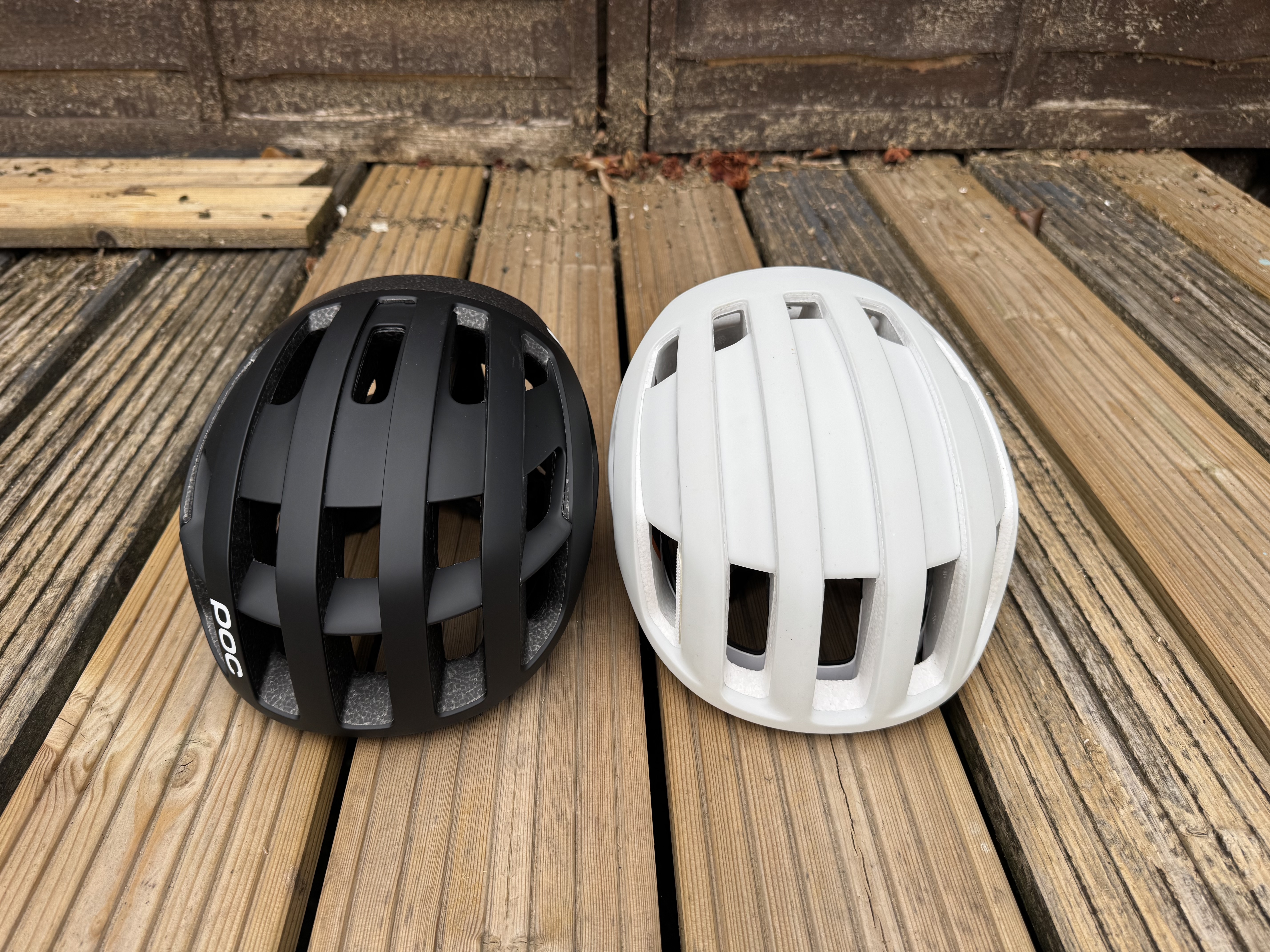
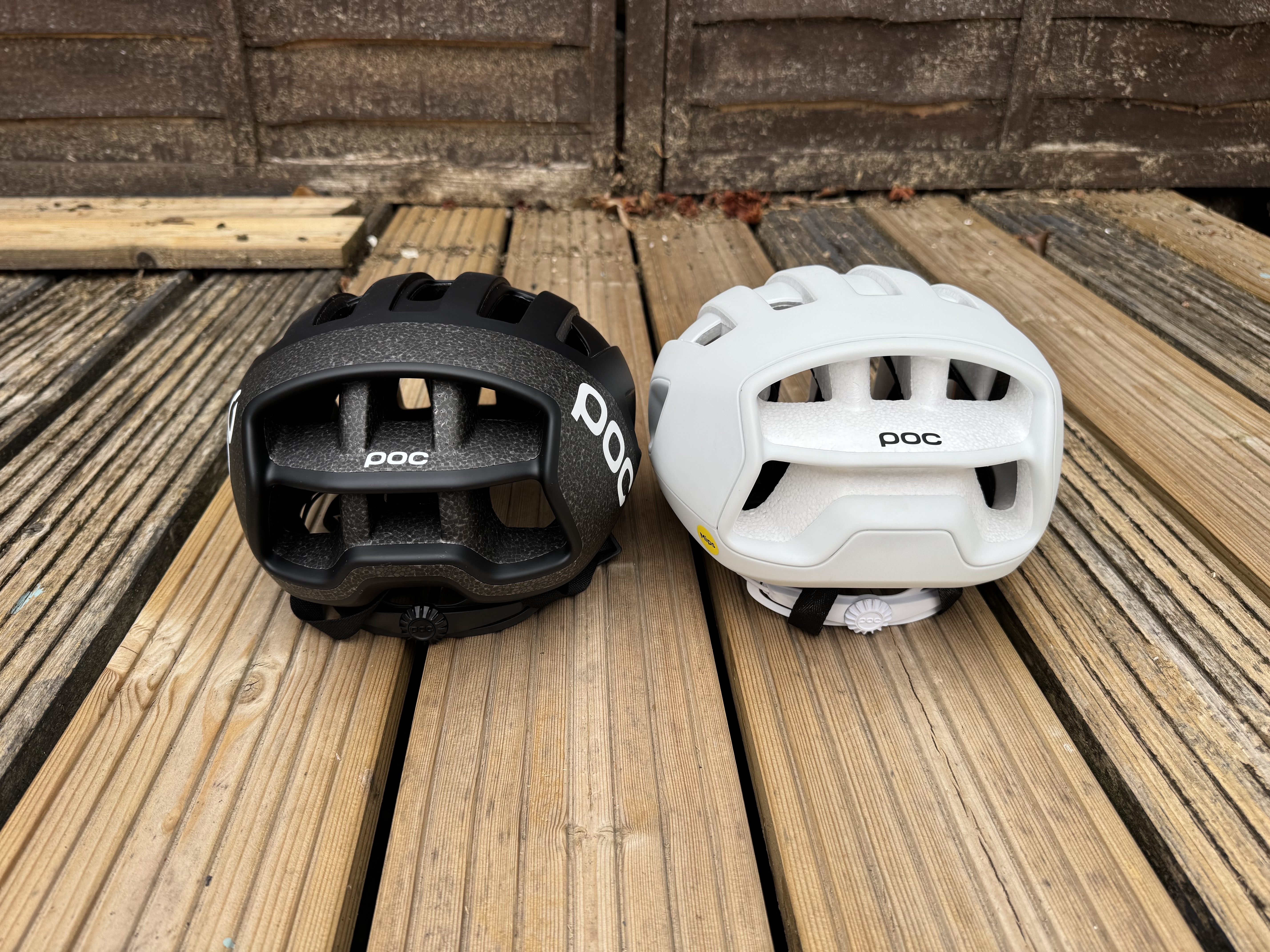
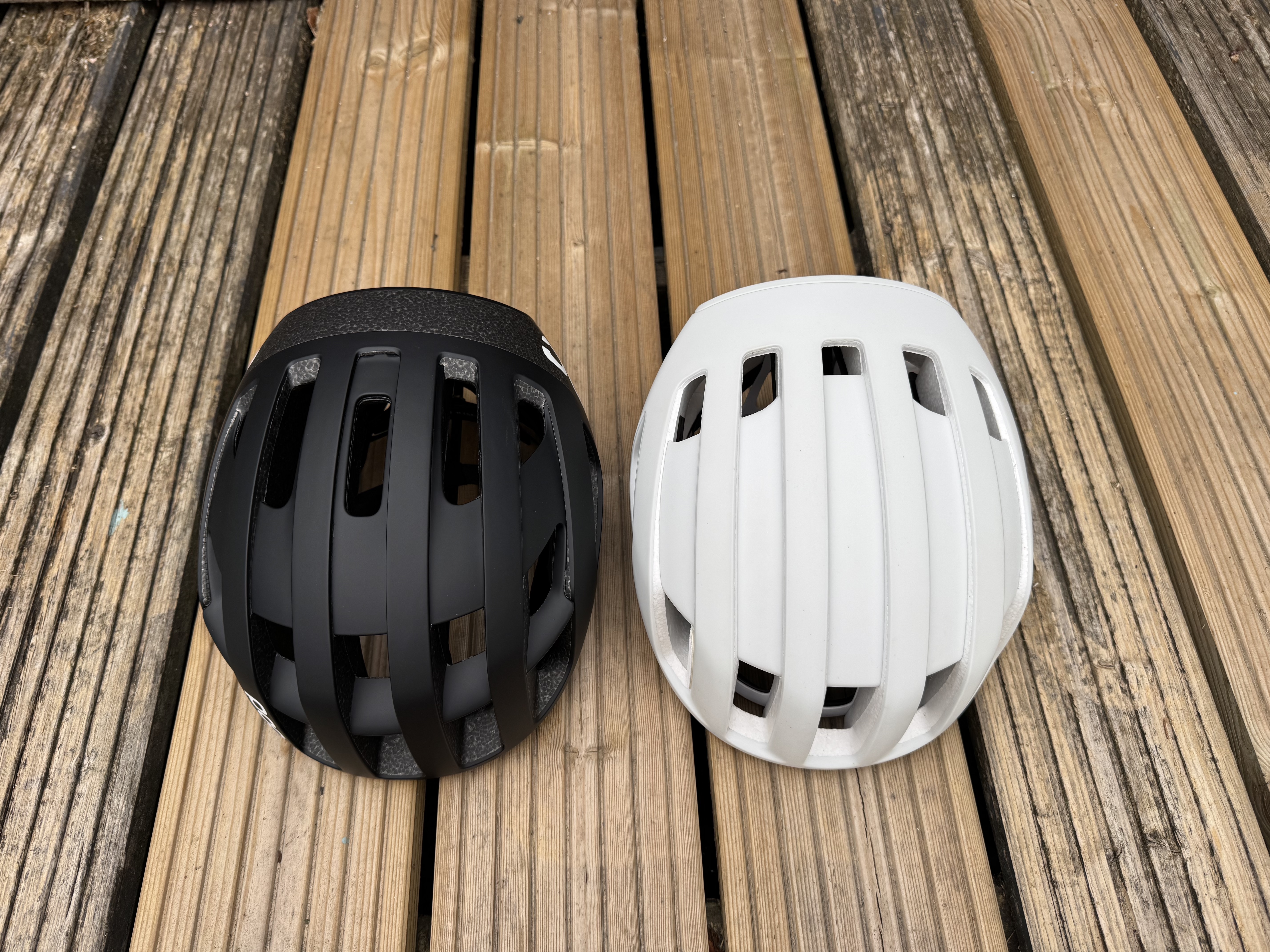
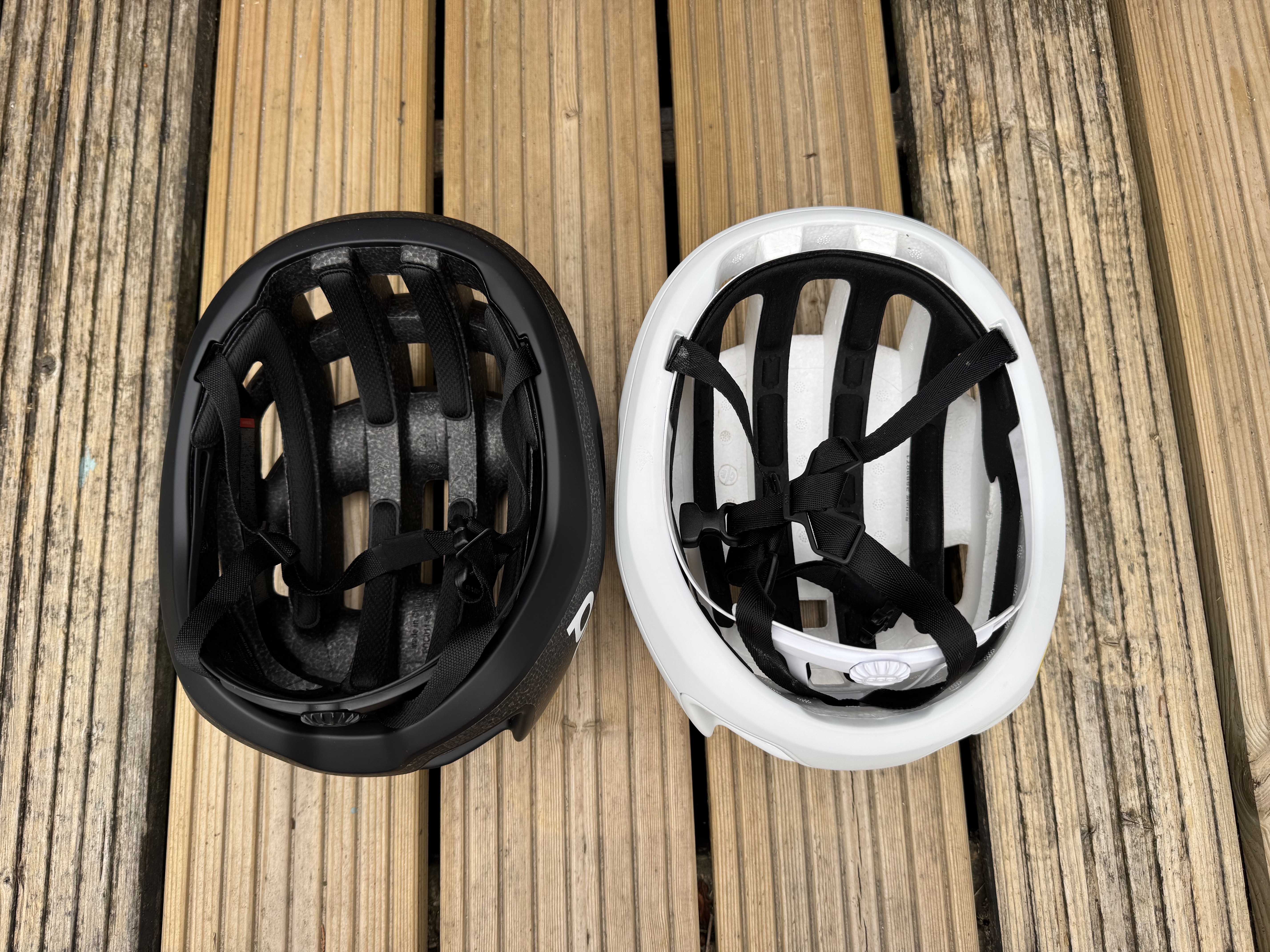
For the Cytal Lite, the wing structure has been reduced significantly, while adding a secondary wing towards the front. This has had the effect of opening up the top of the helmet drastically, while keeping the large opening of the helmet intact. The shaping of the wing has also been heavily sculpted to maintain the venturi tunnel effect that POC sought with the original Cytal, designed to enhance airflow through the helmet and reduce wake out the rear of it. There is no tunnel testing to verify aerodynamic data for this helmet, but likely the opening of the structure does reduce the efficiency in this area.
What the greater level of opening does result in is a helmet that, at 30kph or above, is easily the best ventilated helmet that I have ever used. I am a warm person, I generate a lot of heat and I feel it in the summer. My go to helmets are generally highly vented except for racing, so I like a lot of ventilation. Impressively, doing a fast paced group ride in one of the 2025 summer heatwaves, at 40kph I could actually feel sweat starting to drip down my head, and evaporate before it could go into my brow. At speed, this helmet is unmatched in its ventilation and cooling potential.
However, it is not the class leader in this area when speeds drop below 20/25kph. Especially on steeper climbs or gravel riding, when intensity increases but airflow drops, the helmet still suffers slightly compared to the Specialized Prevail 3. That helmet is an outlier I have found, in that low speed high exertion riding it is the best helmet for breathability thanks to an almost completely open top structure. However the larger vents on the Cytal Lite mean at higher speeds it takes the crown. I would like to see an open structure Cytal similar to Specialized, but that would require the removal of the wing and a carbon wire structure to maintain safety elements.
Another interesting design of the Cytal Lite is something that was brought out on the Cytal Carbon, but dropped for the Cytal (non-carbon). The brow pads have two options, a full brow pad that goes across the forehead, or two pieces of padding that offer support on the front but leave the brow mostly open. For higher speed riding, the open structure allows for peak breathability. But at slower speeds, this can result in sweat dripping into your eyes. I generally chose the full-brow setting for this reason. It does still lack one of my favourite features in a helmet though, the silicone strip through the padding in the Giro Aries which stopped sweat dripping into the eyes and directed it down the side of the face. To this day that is one of my favourite features in a helmet ever.
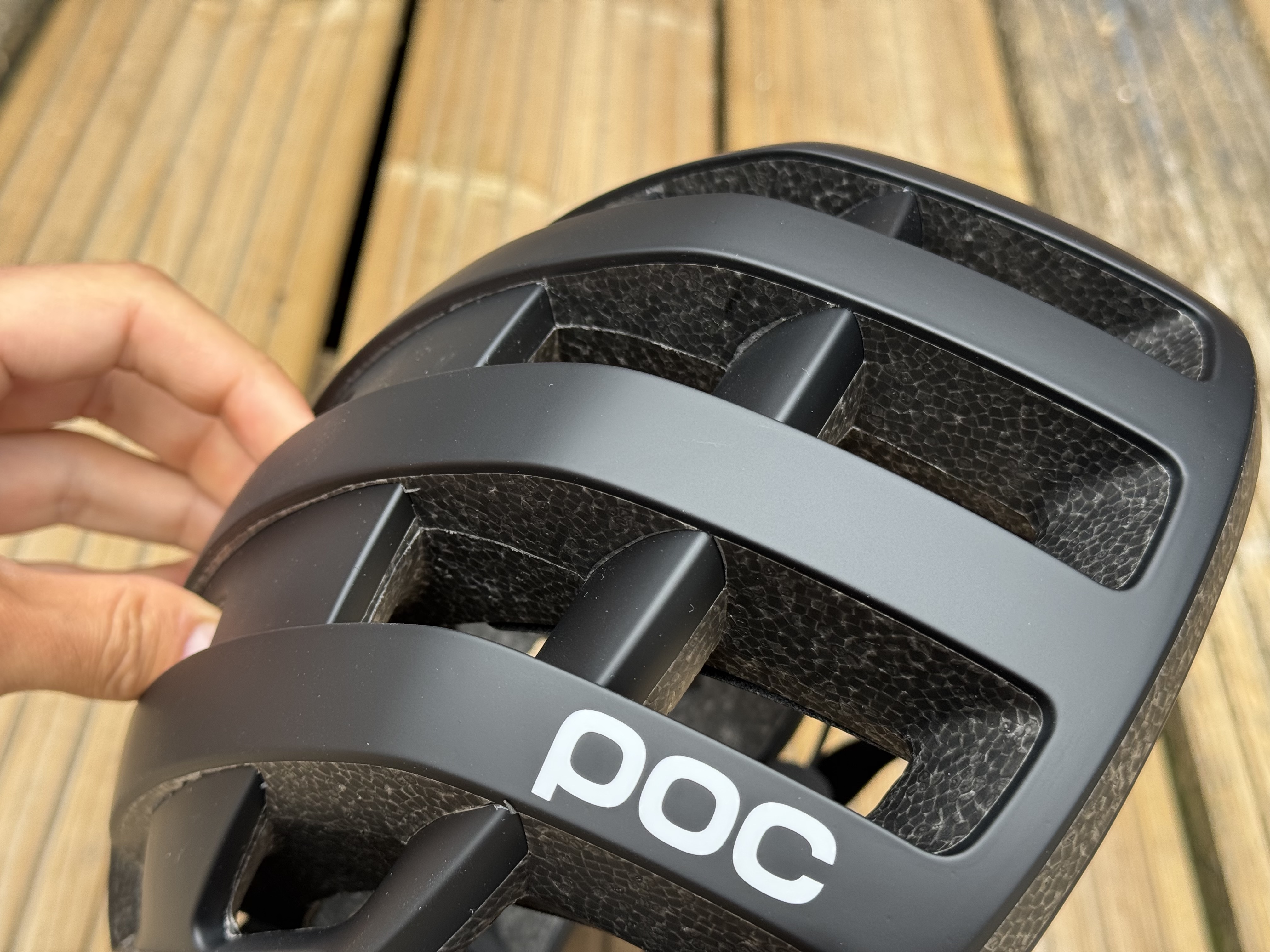
This helmet is more than ventilation though, it is also incredibly light at 195g for a size medium. That’s a big drop in weight from the Cytal, around 270g in the same size. That’s a quarter of the weight saving between Shimano Dura Ace groupset and Ultegra, but without the near £2000 price difference. To achieve this, POC has removed a good amount of the polycarbonate shell that goes over the EPS foam.
Thankfully, the underside of the helmet maintains the shell, so you won’t dent the foam by putting it down on surfaces. For safety optimisation, much of the shell has been removed around the rear sides and top of the helmet, unlikely impact points in crashes and the highest levels of foam present. However this does leave the helmet susceptible to dents, of which there are several across these areas of the helmet after testing.
There has also been a slimming down of the webbing straps and adjusters, but they remain just as functional and comfortable as before, offering a good fit that feels secure.
What has gone, is MIPS. MIPS is not the only way of improving rotational impact protection, but it is a well testing and proven one. The Cytal was the top scorer for the VTR safety testing, and the removal of MIPS has likely dropped that score somewhat for the Cytal Lite, that’s not to say this is not a safe helmet, as any helmet that goes to market needs to pass lots of safety tests and standards. It is also worth mentioning though that the Cytal Carbon, also without MIPS, scored 5/5 in the VTR, just not as high a total percentage score as the Cytal (non-carbon).
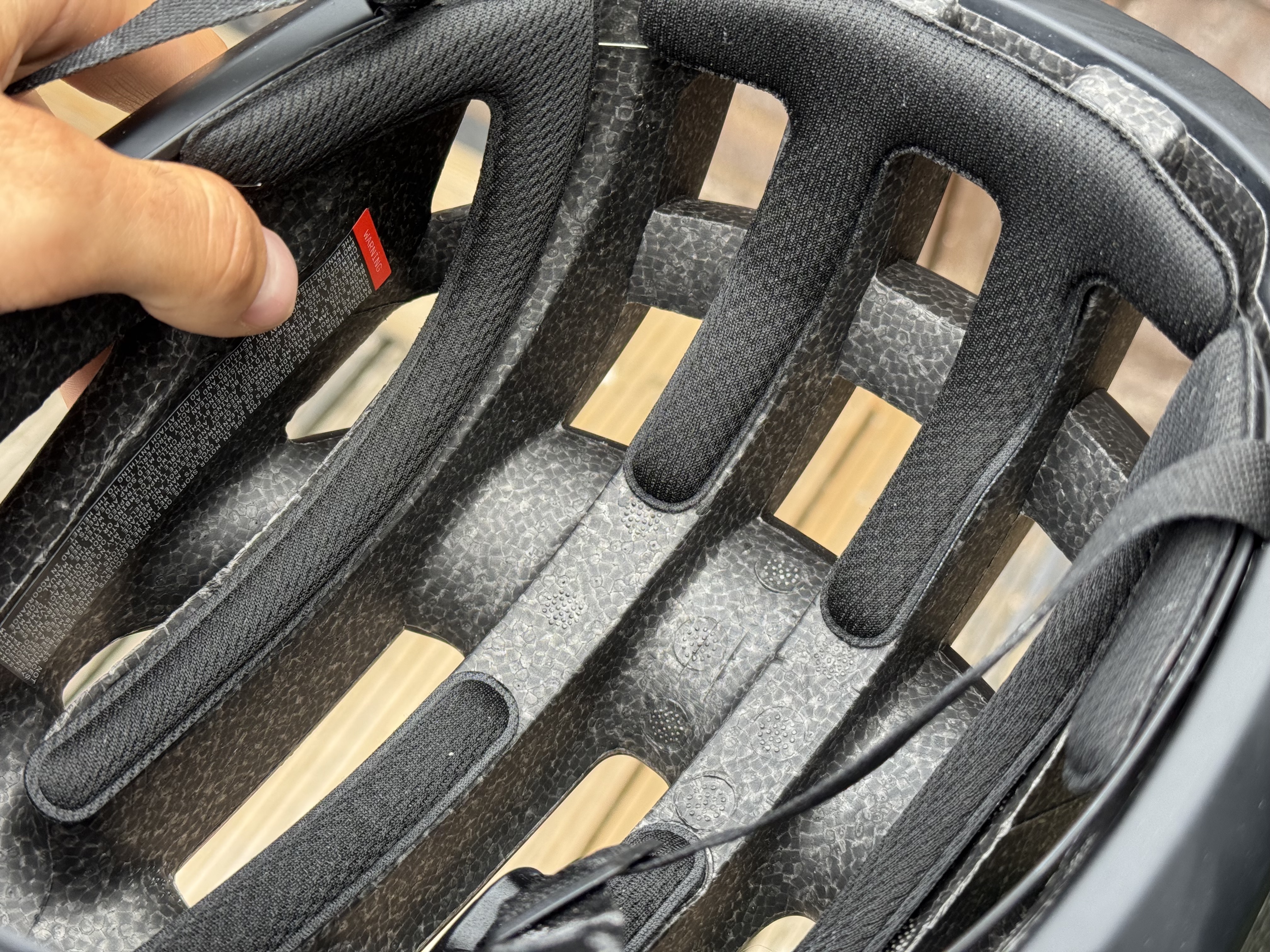
Another element of the Cytal that I loved and is now gone, is the colour range. I am admittedly boring, in that I like white or black helmets as they match with everything. The Cytal Lite comes in Black on black, or white on black, and they look good. However the Cytal came in a whole host of colours that allowed for some personalisation to your look, even the garish day-glow high-vis orange was back and very POC Octal reminiscent.
Personally, the white shell on white foam was my favourite for the Cytal, because in high sun and low speeds, black is a great colour for absorbing heat. Although not noticeable on the head at speeds, when slowing down, that heat transfer could become something that affected you.
I saw leaks of the Cytal Lite a few months ago, and they included a white shell on white foam option which I was hopeful for. Although upon release, both style options use black foam, of which more is exposed, and a white or black shell. This black on black version suffers from radiative heat absorption, and in the heat waves I did experience this after a café stop where I ended up with quite a hot helmet and head.
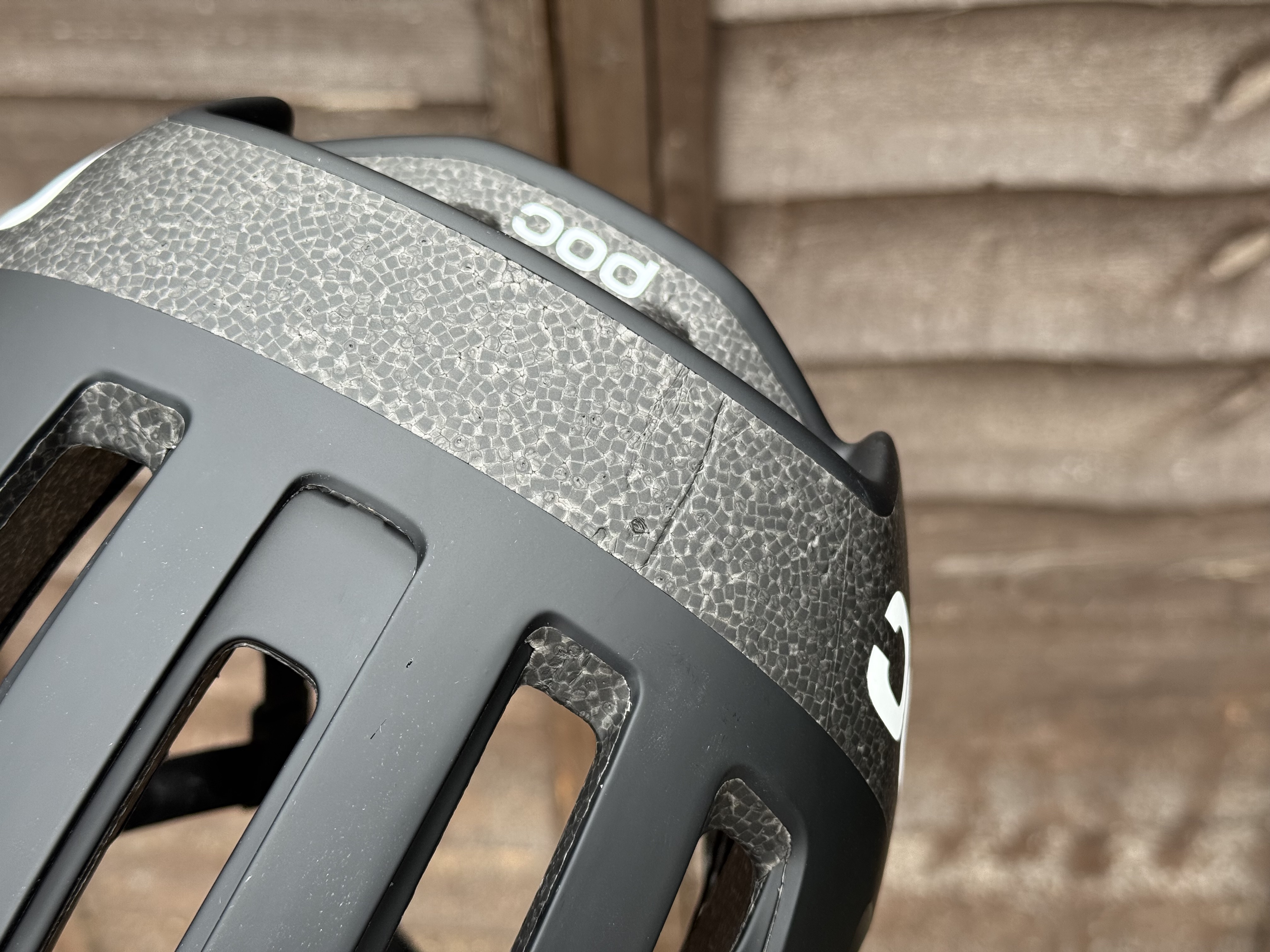
Valve
With the removal of sections of shell and MIPS, you’d hope that the price might be reduced as well. But nope, the Cytal Lite comes in at £320, up from the £290 for the Cytal but not as high as the £370 Cytal Carbon.
The Cytal was already an expensive helmet, even compared to other high end offerings. The likes of the Specialized Prevail 3 is £250 and the Giro Aries £299 offer similar levels of ventilation while aiming to balance aerodynamics and high safety scores. I did think that the top-of-the-class safety score and high performance levels across breathability and aero did make the POC Cytal a helmet that was worth buying though.
In the Cytal Lite, some of what made the Cytal worth the high price tag has been removed, while at the same time the price has gone up. This does somewhat reduce the value that this helmet offers, but then it does have some specific features which I think might make it worth the cost for the right users.
As mentioned, at higher speeds the breathability and ventilation of this helmet is unmatched. For those who do group rides in warm environments, summer races, or have high intensity events in warmer climates planned, this helmet will be exceptional. It is also a bit of a weight weenies dream with how lightweight it is. So as with many things, for the right user with suitable goals, this helmet will likely be possibly the best thing you could get for it. Just go for the white option if it’s going to be sunny.
For the rest of us road riders, the standard Cytal likely offers a better overall balance and value, while for gravel riding, the Specialized Prevail 3 just about wins out. Even though I love the padding feature in the Giro Aries, the shear levels of airflow the Cytal Lite can experience mean it is a better hot weather option across all speeds, for me at least.
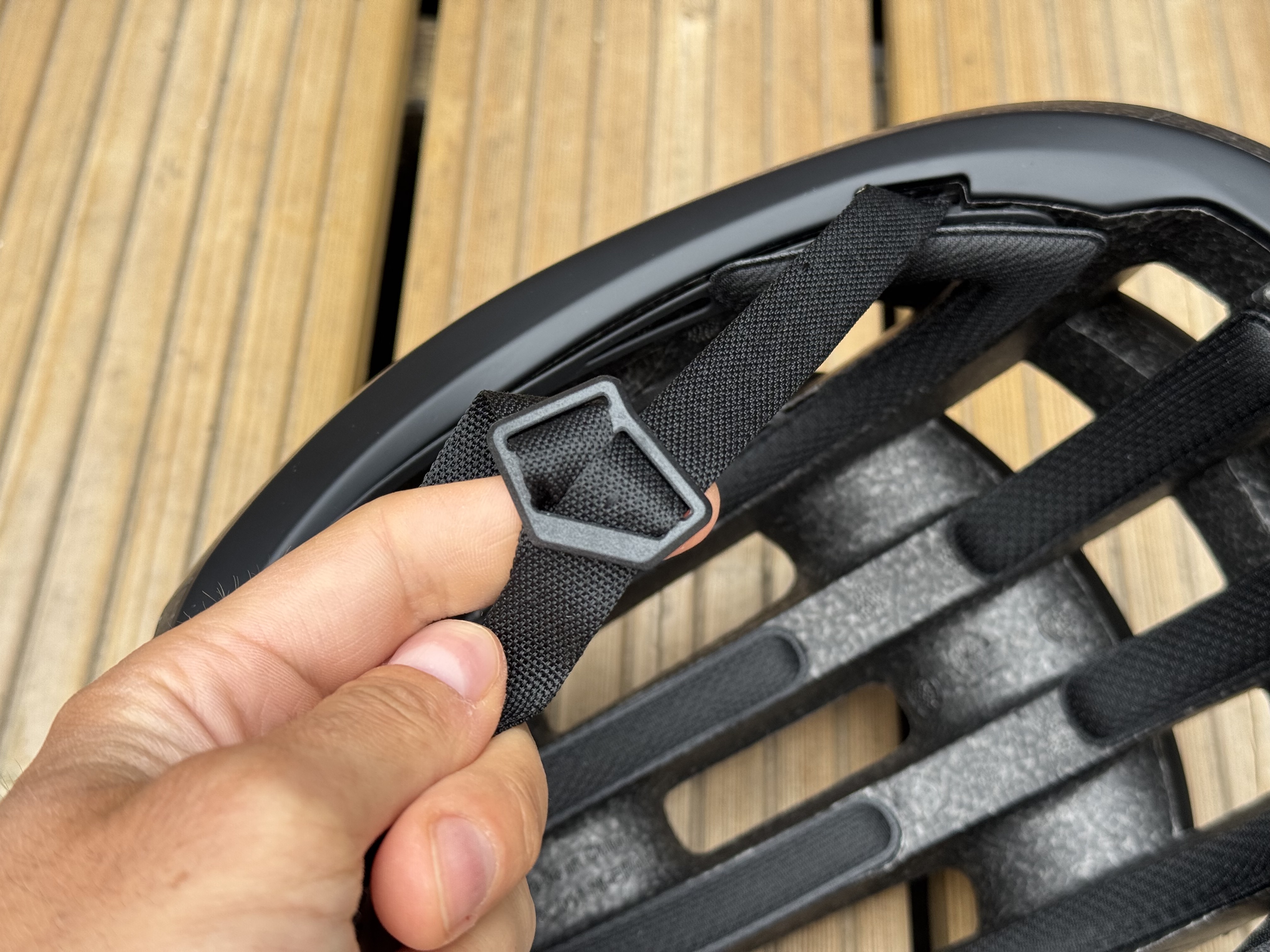
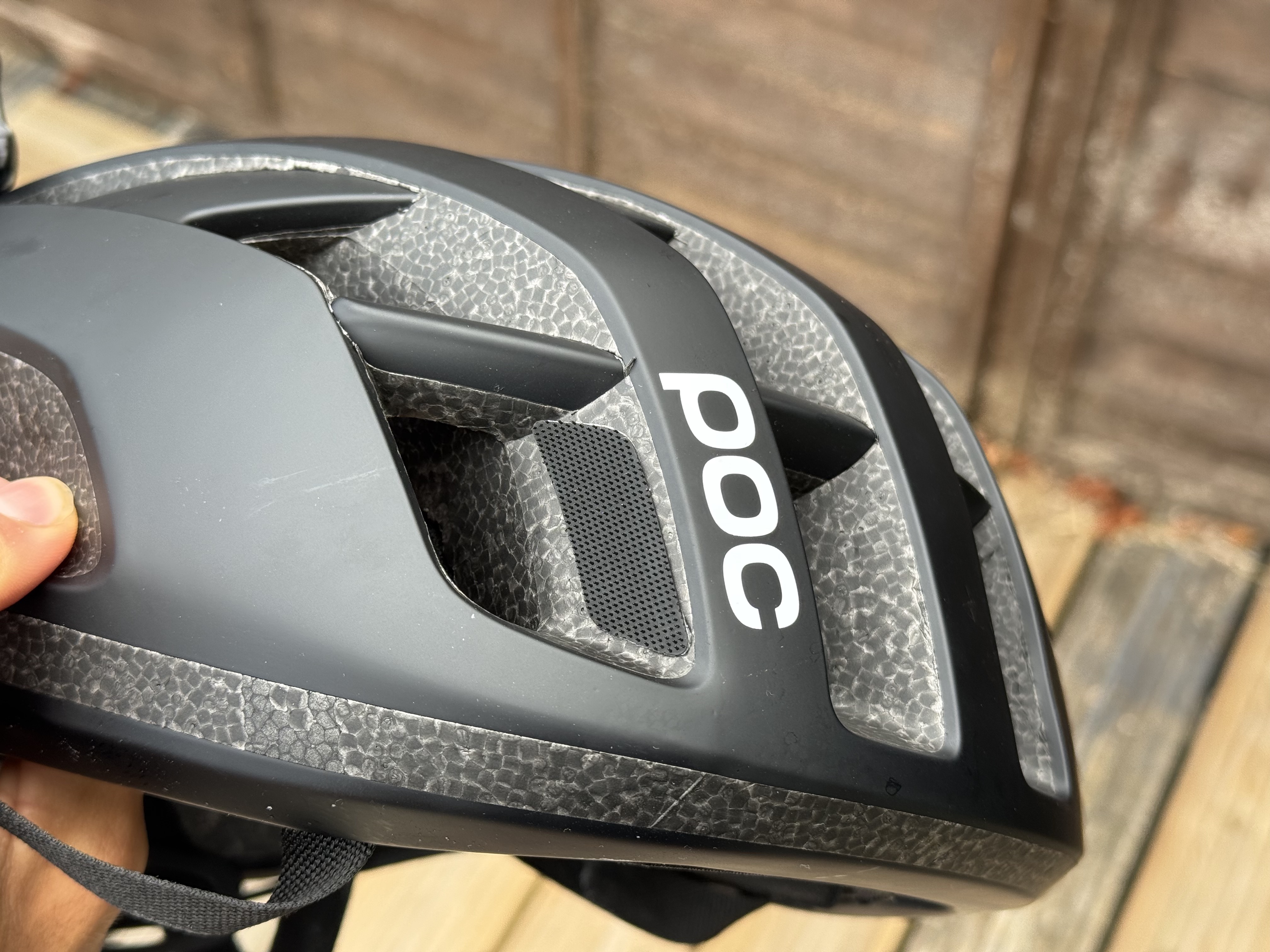
Verdict
The POC Cytal Lite follows on from the Ventral with a host of different designs and options culminating in this super lightweight, highly vented, summer racing helmet. At speeds above 30kph the ventilation is unmatched by anything else that I have tested, while at lower speeds the ventilation is not quite as good as a couple of other helmet options, but still great. Add to this a big weight saving and this is an impressive summer helmet for high effort and heat levels.
Where things unravel slightly is how this low weight has been achieved. Removing much of the shell around the rear does leave the EPS foam prone to denting. While excluding MIPS has likely taken away from the incredibly high safety score that the standard Cytal achieved. There are also fewer colour options, and the lack of a white on white that was teased in online leaks is a shame, especially as the black of black gets hot in high sun.
A price hike has also come with the helmet. It is certainly up there as potentially the best high summer helmet I’ve used, but I think the standard Cytal offers a better overall package and value.

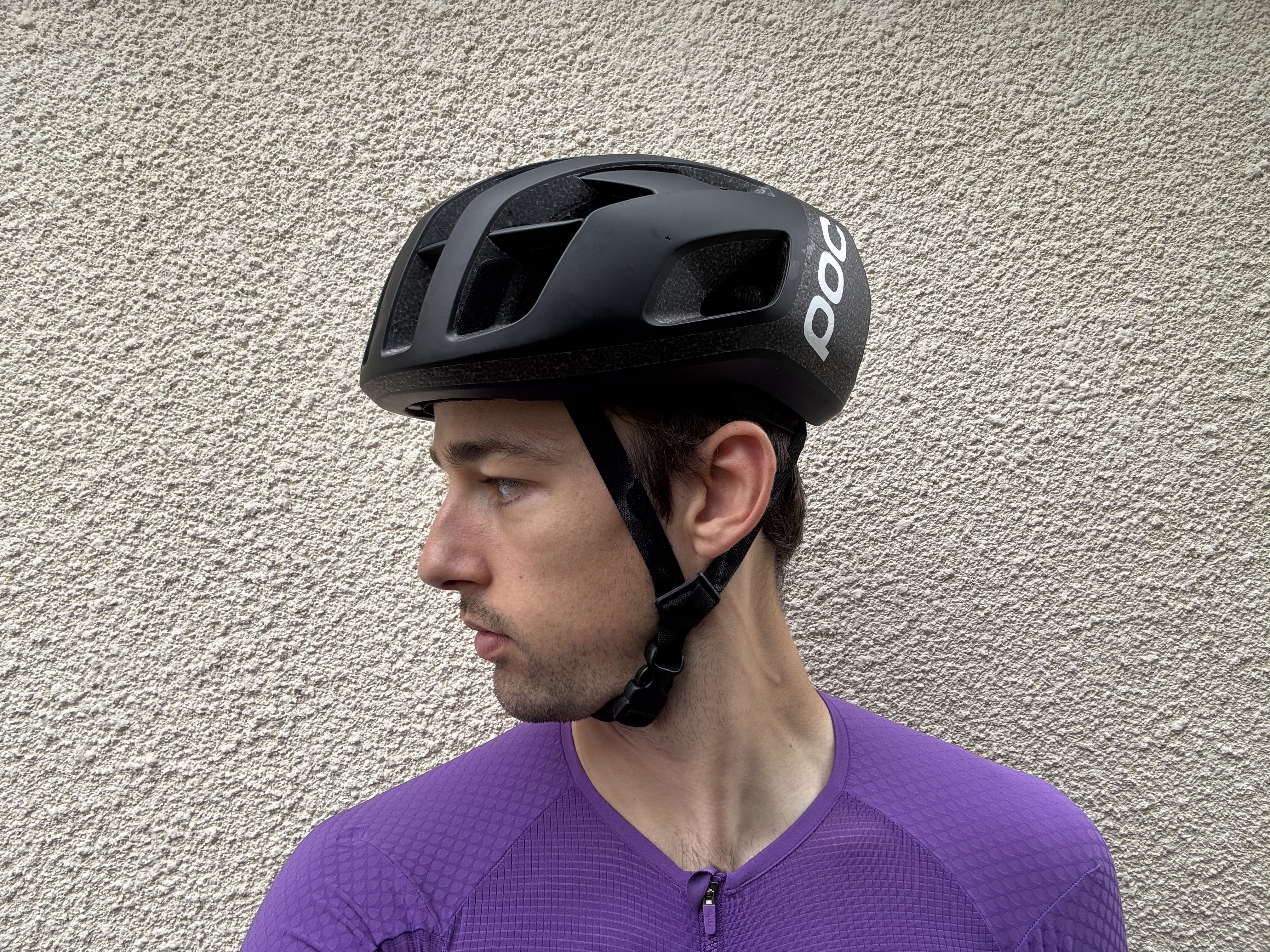
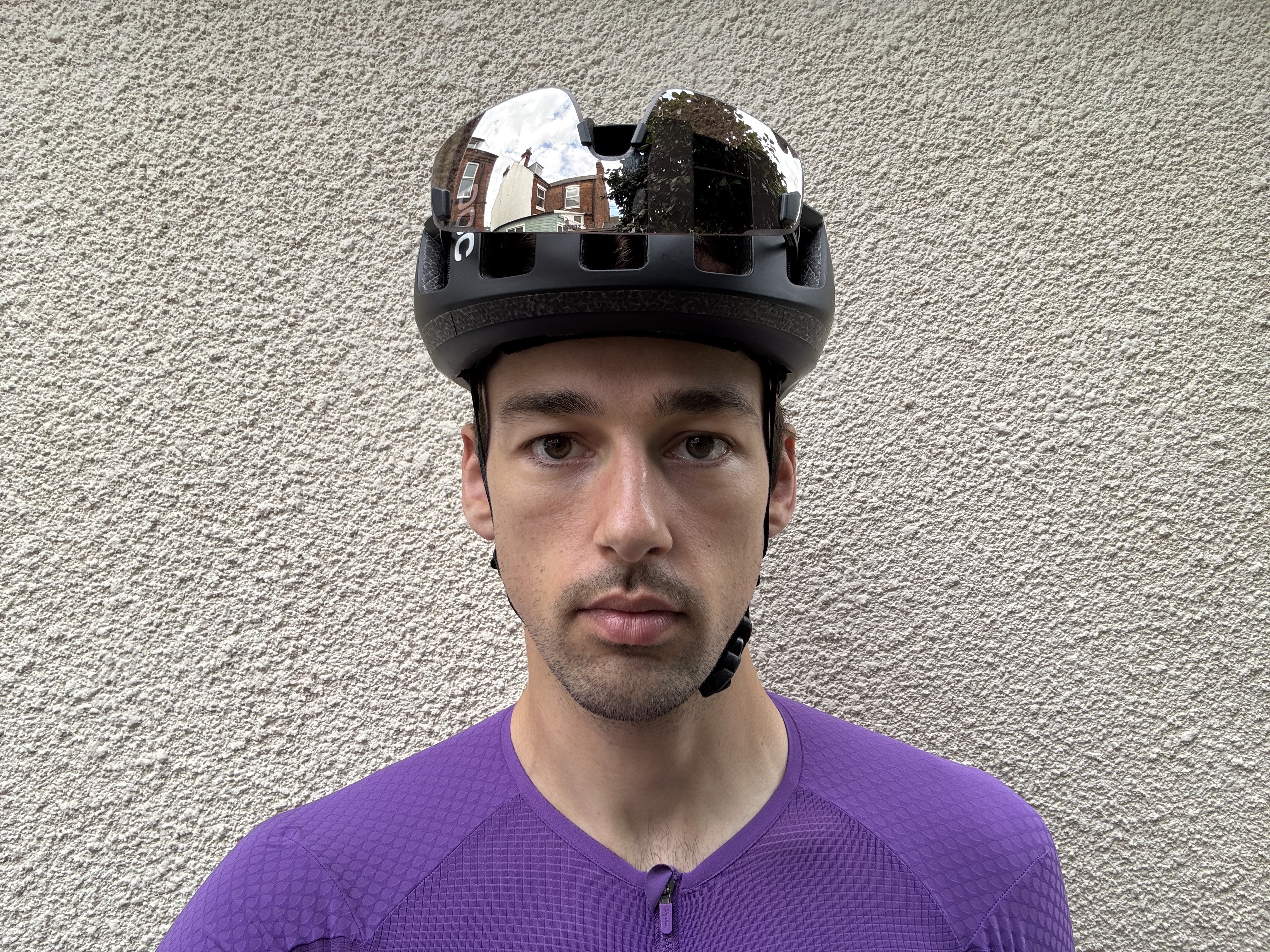
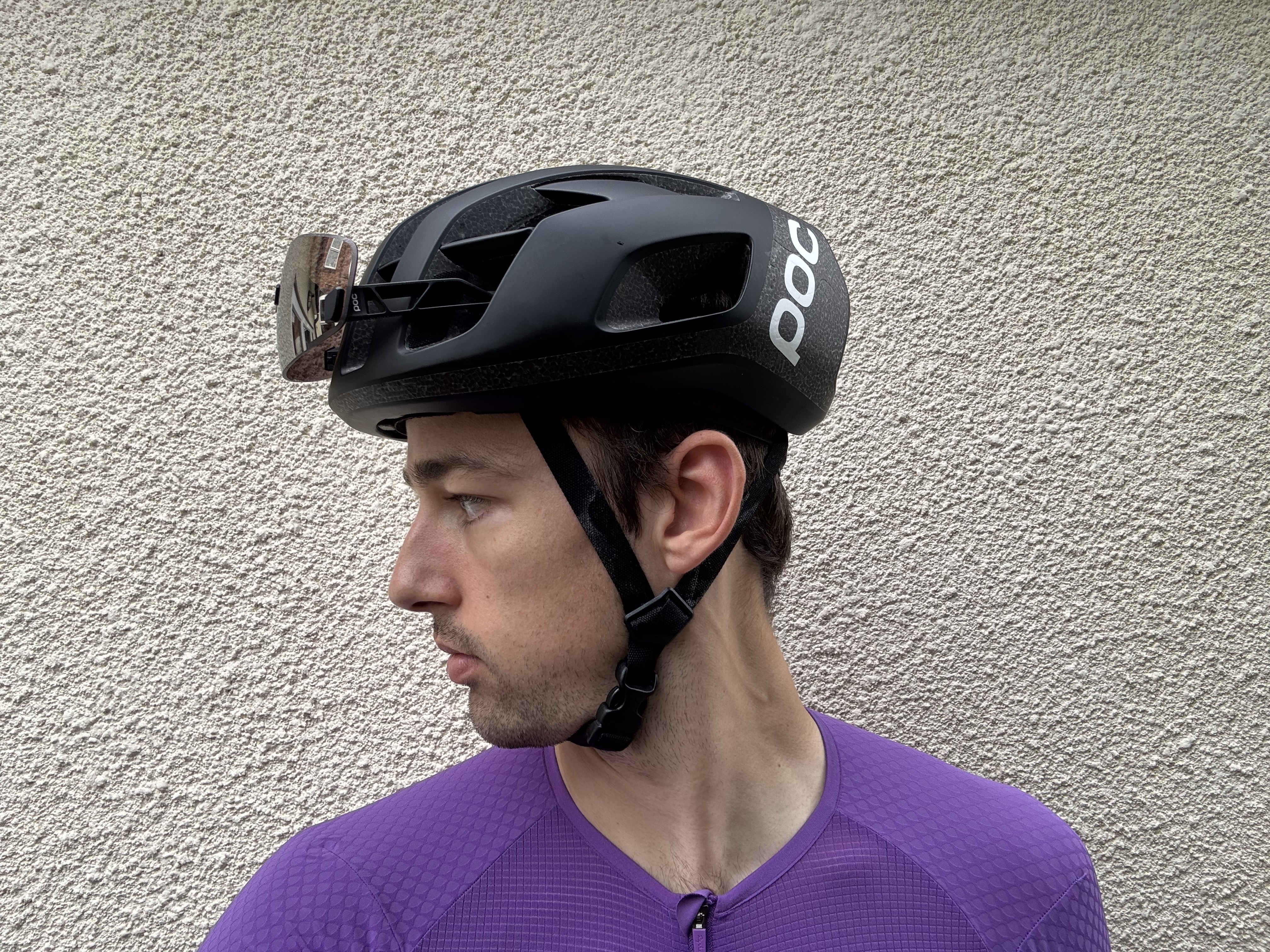
Attributes | Notes | Rating |
|---|---|---|
Design and aesthetics | I like the look of this helmet, and the added grips for glasses storage at the cost of a gram or so are useful additions. My only gripe is the reduced colour range, as the Cytal expanded this nicely, while the Lite goes back to monochromatic. I also have dents in the foam already where the shell has been removed. | 8/10 |
Comfort | I can’t fault the helmet for comfort. I like the straps and the neat holding of any excess, and adjustment is easy and broad. It fits my head well, and different brow pad options is a nice touch. | 10/10 |
Performance | I’m sure this helmet misses out on some aero performance compared to the semi-aero/vented sibling, but frankly in hot weather riding for fun I don’t care about aero. I want a cool and comfortable head, which the Cytal Lite delivers. It also weighs very little for the weight weenies out there. I do think the S-Works Prevail 3 still wins slightly on very low speed high effort breathability though. | 8/10 |
Safety | This is hard to gauge as at present there is no independent testing on this model. The Cytal scored 5/5 and top of the class, while the Cytal Carbon which also didn’t have MIPS still scored 5/5 but a lower percentile. With similar design elements and POC claiming similar safety performance, it may be safe to assume another 5/5 but not quite as A* as the standard Cytal. | 8/10 |
Value | I really liked the Cytal helmet, and being independently ranked the safest road option out there it was worth the cost. Reducing that safety rating slightly, even while reducing weight and ventilation, for a price hike does detract from the value for me. But this is still a brilliant hot weather helmet. | 8/10 |
Overall rating | Row 5 - Cell 1 | 42/50 |

Freelance cycling journalist Andy Turner is a fully qualified sports scientist, cycling coach at ATP Performance, and aerodynamics consultant at Venturi Dynamics. He also spent 3 years racing as a UCI Continental professional and held a British Cycling Elite Race Licence for 7 years. He now enjoys writing fitness and tech related articles, and putting cycling products through their paces for reviews. Predominantly road focussed, he is slowly venturing into the world of gravel too, as many ‘retired’ UCI riders do.
When it comes to cycling equipment, he looks for functionality, a little bit of bling, and ideally aero gains. Style and tradition are secondary, performance is key.
He has raced the Tour of Britain and Volta a Portugal, but nowadays spends his time on the other side of races in the convoy as a DS, coaching riders to race wins themselves, and limiting his riding to Strava hunting, big adventures, and café rides.
You must confirm your public display name before commenting
Please logout and then login again, you will then be prompted to enter your display name.

